Best mountains for beginners
Most people have the perception that climbing a mountain is a dangerous and difficult endeavor that pushes climbers to the limits of their physical and mental abilities, and while that is the case in some mountains, like Everest, K2 or Nanga Parbat, some others can be easily climbed.
In fact, there are plenty mountains all over the world that are not just safe to climb, but they’re also beginners-friendly. These peaks don’t need (necessarily) any special skills or experience in climbing.
And while every mountaineers dream is to climb Everest, everybody needs to gain valuable experience and skills in smaller peaks.
Don’t forget that being in a good physical condition can make the climb easier and more enjoyable. So, if you ever thought of climbing, but have no idea where to start, here’s a list of some mountains that almost anyone can climb.
- Mount Fuji (Japan – 3,776m / 12,388ft)
Mount Fuji is the tallest mountain in Japan, but despite its altitude, the climb to the top is manageable day hike for those who set out early enough. Each year, more than 300,000 people trek to the summit, making this stratovolcano (still active) one of the most climbed mountains in the world.
Many make the ascent at night so that they can reach the summit in time to witness the sunrise. During the summer months, the four main trails leading to the summit can be extremely crowded, and during the winter the weather can be dangerous at times. But, for the most part, this is an easy hike that requires only strong legs and the determination to complete.
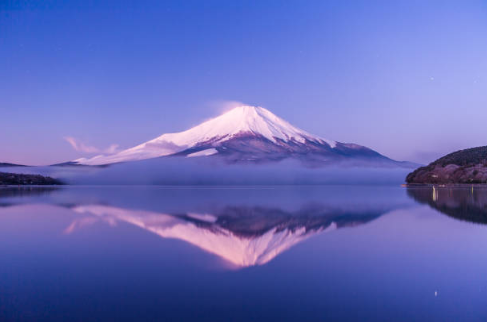
- Mount Rainier (Washington State, USA – 4,392m / 14,411ft)
Located in Washington State, Mt. Rainier is considered to be one of the premier climbing destinations for those looking to acquire the basic mountaineering skills. To get to the summit you need some technical skills, and you will learn a lot about clipping into ropes, use the lines for stability and gain experience walking across snow and ice. This is the mountain where many climbers get their first true taste of mountaineering, and it remains one of the most iconic climbs in the world. A hike to the summit and back takes about three days, and it can be climbed all year long depending on weather conditions, but inexperienced climbers should do it between May and September.
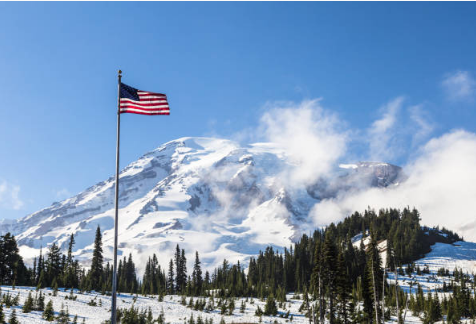
- Mont Blanc (France & Italy border – 4,808m / 15,780ft)
One of Europe’s most iconic climbing peaks, Mont Blanc, has more than 30,000 people attempting to summit it every year. On a busy day, around 200 people try to get to the top of the tallest mountain in the Alps and one of the tallest in Europe.
With several routes to the summit, from both the French and Italian sides, the level of challenge can vary greatly, although altitude is the main consideration.
A normal ascent takes about two days to complete, and most climbers stay in comfortable mountain huts located at various points along the trail.
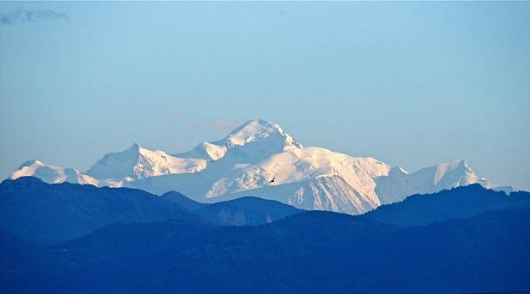
- Mount Elbrus (Russia – 5,642m / 18,510ft)
Mount Elbrus is the tallest mountain in Europe, and its height makes for an imposing sight, but a chairlift takes most climbers up to the traditional starting point located at 3,810m / 12,500ft. This reduces the amount of time it takes to reach the top, which means Elbrus can be summited in one or two days.
The normal route up Elbrus is totally nontechnical, being the weather and the altitude the main concerns. July and August are the best times for an attempt, which means that it can be very crowded in those months. June and September are month with fewer people, but the weather is more unpredictable, with high winds and heavy snow.
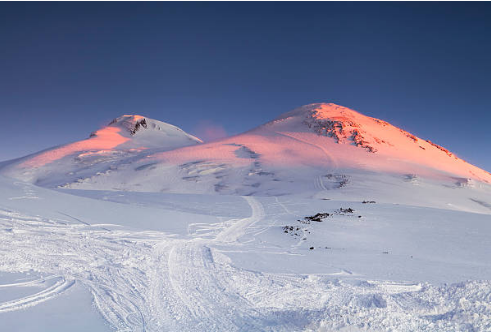
- Mount Kilimanjaro (Tanzania – 5,895m / 19,341ft)
Mount Kilimanjaro is often referred to as “everyone’s Everest”, being the tallest mountain in Africa and the highest free-standing peak in the world.
A typical climb can take between five and nine days depending on the route and speed of acclimatization, making this is a good place to test your lungs and to get a taste of the expedition life. You’ll learn what it is like to stay in tents for a week, how to place yourself throughout the day, and what it takes to finally reach the top of a mountain after a considerable amount of time trekking.
On the way up, climbers will pass through five climate zones: cultivated lands at the base, followed by rainforest, moorlands, alpine desert and finally, artic conditions near the summit.
Kili can be climbed during most months, because the peak sits just off the equator, but from March to May is the rainy season, so climbers run the risk of an uncomfortable trek during those months.
Altitude is the biggest obstacle, and those who take the longer routes have a much higher rate of success.
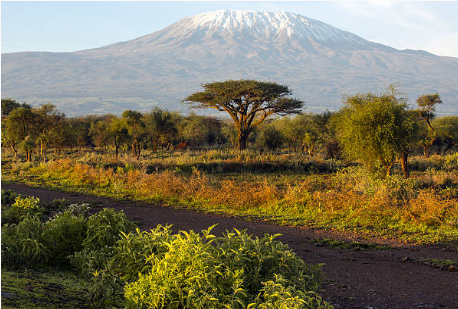
- Cotopaxi (Ecuador – 5,897m/19,347ft)
Cotopaxi isn’t an especially difficult mountain to climb in the technical sense, but when you feel you’re read to get a true taste of higher altitudes, this Ecuadorian volcano is a good choice to test your lungs. Acclimatize to the thin air is the biggest concern for those who want to get to the summit, so this is a great spot to learn how your body reacts to the altitude. The approach to the summit is covered in snow and ice, making it semi-technical, and crampons will be a part of the experience.
A Cotopaxi climb takes three or four days, in part because climbers start at a relatively high altitude, and the mountaineers will have the chance to camp along the trail and enjoy the amazing views of the national park that surrounds the peak.
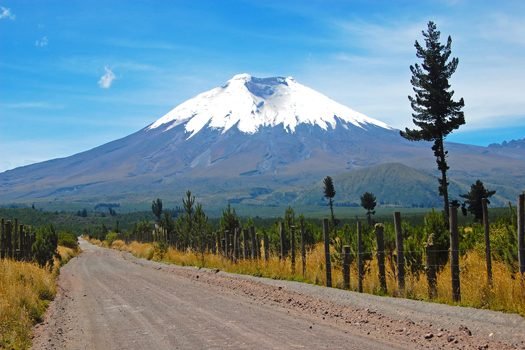
- Island Peak (6,188m / 20,305ft)
The Himalayas are the ultimate playground for mountaineers, and once you acquire all the skills you need to climb there, head to Nepal and give it a try at Island Peak.
At 6,188m (20,305ft) in height, Island Peak will push your physical limits and you will figure out if you’re ready to climb the big mountains.
Although the climb only takes about two or three days, (the acclimatization takes about two weeks because you have to trek from Lukla up to Island Peak Basecamp), you’ll still gain experience on using an ice axe and crampons, and on crossing ladders on top of crevasses, but this is not a very technically difficult mountain to scale.
It is possible to climb Island Peak throughout the year except during the monsoon months (June to August), but in the winter the extreme cold could be detrimental for some, especially for those who are new to mountains.
Once you’ve summit this peak, you’ll be ready to move to other bigger mountains all over the world, but especially in the Himalayas.
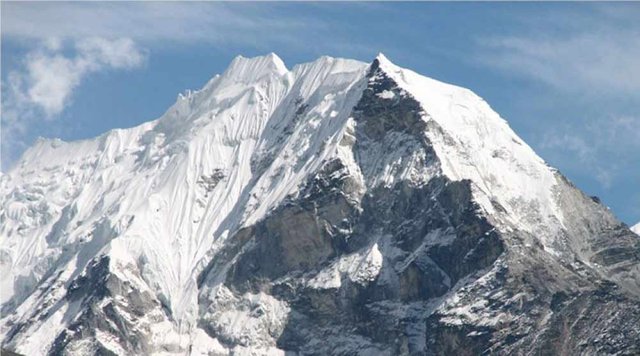
Now you know where to start.
To The Top
Alex
Congratulations @mtngrevolution! You have completed the following achievement on the Steem blockchain and have been rewarded with new badge(s) :
Click here to view your Board
If you no longer want to receive notifications, reply to this comment with the word
STOP